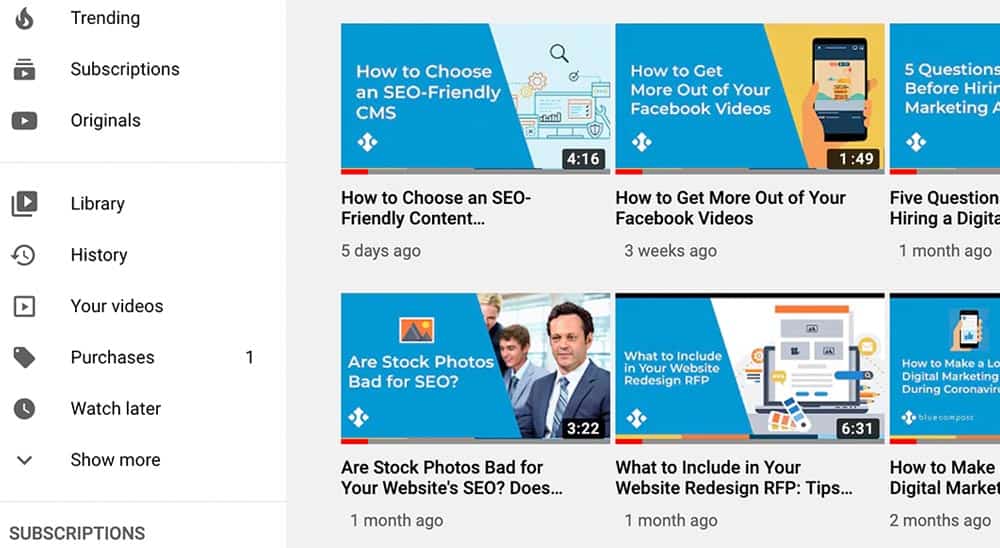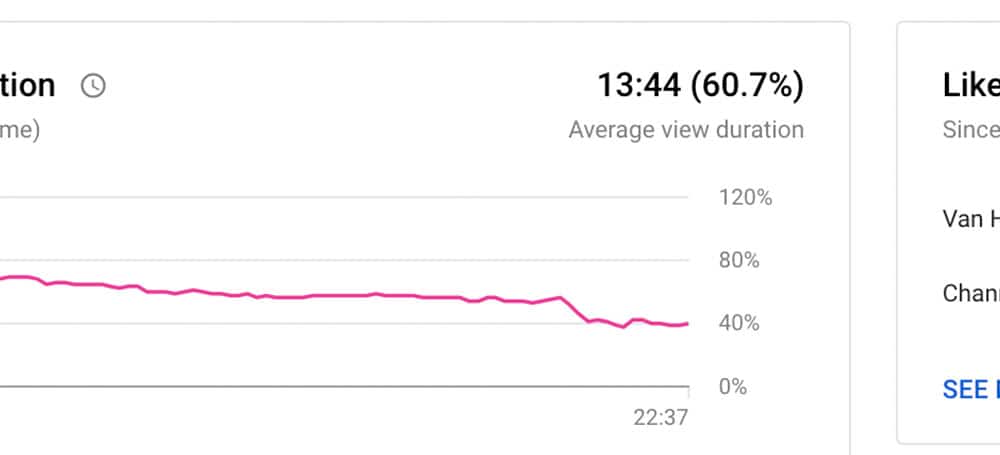July 21, 2020
Grace Chrisman
Social MediaContent MarketingDigital MarketingVideo
What's The Best Length For Online Videos?
As the necessity for video continues to grow, many marketers are searching for the ideal duration that will generate the most views.
It’s a topic that rivals YouTube and Facebook have recently weighed in on and happens to be one of the most frequent questions we receive.
The truth is that there’s no quick and easy answer to the question of the ideal video duration. Sometimes brief videos are more effective and sometimes lengthy videos work better. It depends on the goal of the video, your audience and the video content itself.
The bottom line is that your video’s runtime should match your content.
Sometimes shorter videos are more effective. Quick videos aren’t as intimidating because they feel like less of a time commitment. If someone comes across a video they didn’t specifically search out themselves, the odds that they watch it is especially low if it’s really lengthy.

We’ve all received that YouTube link in our email which leads to a video that’s 11 minutes and 43 seconds… which you proceed to not watch.
If your target audience is business professionals with little free time, and your message doesn’t take long to convey, a three minute video may be more likely to be viewed than a 20 minute video.
One of the things we suggest clients do is embed relevant videos on their web pages as it gives visitors an option to consume content via text or video, and it increases the time visitors spend on that page. In our experience, shorter videos seem to do a bit better when embedded in a web page over longer videos.
Longer videos can have significant advantages as well though.
A video with greater duration simply gives you more time to make an impact with your audience. If you’re looking to make more of an impact on YouTube or Facebook, longer videos can be advantageous because both YouTube and Facebook’s algorithms often prefer your lengthy videos. This is likely because a 15 minute video with quality content has the potential to satisfy your audience more than a 5 minute video with quality content. And of course, YouTube and Facebook want you to spend more time on their platforms.

YouTube’s VP of Engineering, Cristos Goodrow, has illustrated this idea, saying, “If you had the choice of making an amazing 20 minute video that keeps people riveted instead of a 10 minute video, would the 20 minute video get more exposure? Quite possibly.” The reason is viewers may find the 20 minute video more satisfying.
Facebook has a similar stance, and seems to be wanting to focus less on quick clips and more on longer videos. In a recent news update, Facebook said, “We will add more weight in ranking to videos that keep people engaged, especially on videos that are at least three minutes long.”
To clarify, YouTube and Facebook don’t simply send long videos straight to the top of people’s feeds. Plenty of shorter clips do well on these platforms.
Keep in mind that if you’re trying to gain traction in YouTube or Facebook, the “average view duration” is a really important metric that both platforms use to judge your videos.

You want viewers to watch as much of your video as possible, regardless of its length. Artificially stretching out the length of your video won’t be beneficial - every second should be as worthwhile as possible.
The bottom line: don’t be overly concerned with your video’s length. Make your video as long as the content requires. The runtime should match the content.

Blue Compass Can Help You With Your Video Marketing Strategy
If you have questions, check out one of our other video marketing resources. Blue Compass can also help with your video marketing, don’t hesitate to reach out to us - we’re happy to help.